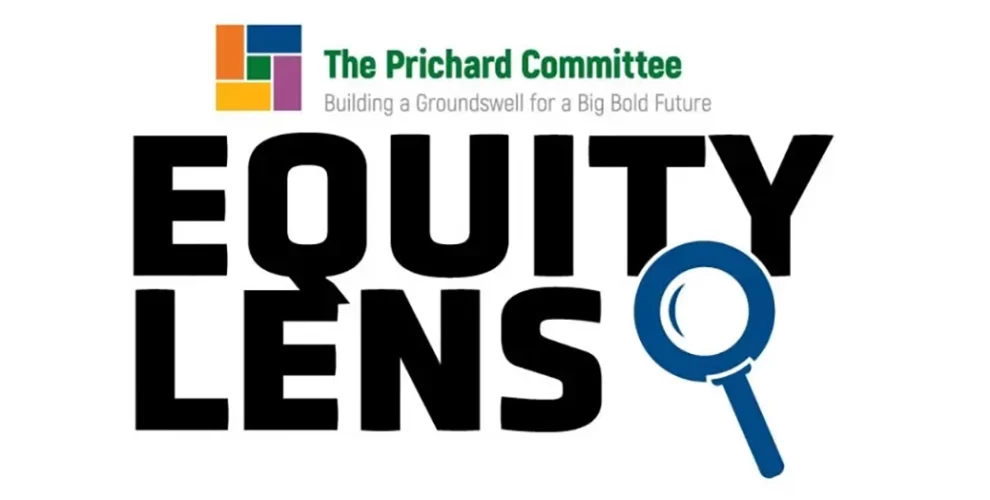An Accountability Decision Undervalues Impact on Underserved Student Groups

Respectfully, I think the Kentucky Board of Education recently made a wrong decision, and I think they made it the wrong way. At the February 3 Board meeting, the Board approved an accountability change that will count results for student groups only when a school has data on 30 or more students in that group, rather than the current accountability rule using 10 or more students per grade. These changes will affect which groups appear on the new accountability “dashboard” Kentucky will launch in 2022, and they will affect which schools can receive targeted support and improvement if they have very low results for a student group.This was an equity decision. It deserved explicit, reflective thought about the equity implications.The implications could have been named as bluntly as this:
- For African American students, 80 high schools have been accountable for reading/math results under the old rules. Only 39 high schools will be accountable under the new ones
- For Hispanic or Latino students, 91 accountable high schools will become 29.
- For students of two or more races, 80 accountable high schools will drop to zero
- For students with identified disabilities, 158 accountable high schools will become 34
- For English learners, 34 accountable high schools will become 16
Here are the same numbers in chart form:Those numbers were shared in one of the attachments to the Board’s agenda. The evidence in that report could have been considered during the Board discussion. Instead, the report went unmentioned. And though the single word “inclusion” was used multiple times, there was no follow-on discussion of named groups that would be excluded, how widely the exclusion would apply, and how equity work would be affected.If that discussion had occurred, I know the outcome might have been the same. There really are competing values to be balanced. Using larger groups of students can provide greater statistical reliability even as it reduces the number of schools where groups are large enough to include. Plus, the change from 10-per-grade to 30-per-group can lead to more schools having reported data for reading and mathematics at the elementary and middle levels for Kentucky’s most underserved student group (shown in charts at the bottom or this post).But if that group-focused discussion had happened, the values at stake would have been explicitly weighed. There would have been time to think about whether the change will weaken systemic racism or sustain it. There would have been reflection about our historic failure to deliver for these student groups, and about whether this change summons new energy to repair that damage or let it continue. And after that process, any decision would have been one informed by clarity on equity implications.I probably won’t ever agree fully with a decision to reduce group inclusion in order to raise reliability. I’ve been working on building community attention to how differently we deliver for students of different backgrounds since 1993. That year, Carol Lamm of Berea showed me how Kentucky Performance Reports disaggregated each school’s assessment data by gender, race, and disability status, and urged me to promote close attention to that evidence. After trying to live up to Carol’s challenge for 28 years, I’m pretty deeply invested in enabling communities to see how student groups are being served, own their truth, and build collaborative solutions.But, even if I disagreed with the final decision, I would see Board action on this topic differently if it had emerged from frank consideration of the student group implications.There’s still time for equity for students to get fuller attention. The change was made by amending the accountability regulation. Public comments on the amendments will be collected during March and April, and the Board will consider changes based on that input at its June meeting. At that meeting, inclusion and exclusion of student groups from accountability can still be openly discussed and evaluated.Last July, the Board adopted a powerful resolution on racial equity that included a call for “education leaders across the Commonwealth to examine policies, procedures and funding decisions to ensure children of every race have equal access to educational opportunities.” On this decision, the Board did not conduct that examination.To implement the Board’s commitment to “foster a culture of anti-racism and further racial equality within our public schools,” we all need to ask more questions and press for more answers than the Board sought on this issue. With so much at stake for Kentucky learners and Kentucky’s shared future are high, equity must command thoughtful, explicit attention in these policy decisions and in all our communities.This post launches our new Equity Lens series. In future Equity Lens posts, we’ll aim to speak clearly about the Kentucky work of dismantling injustices in education and building up a commonwealth where every Kentuckian can thrive, with special attention to our learners and our learning institutions.




